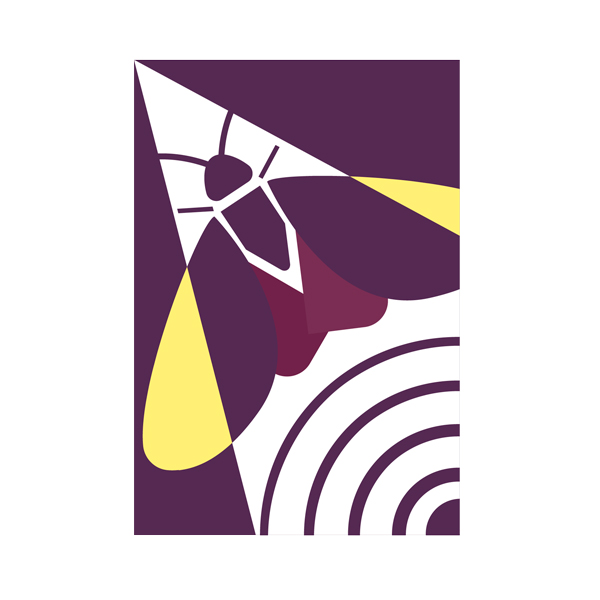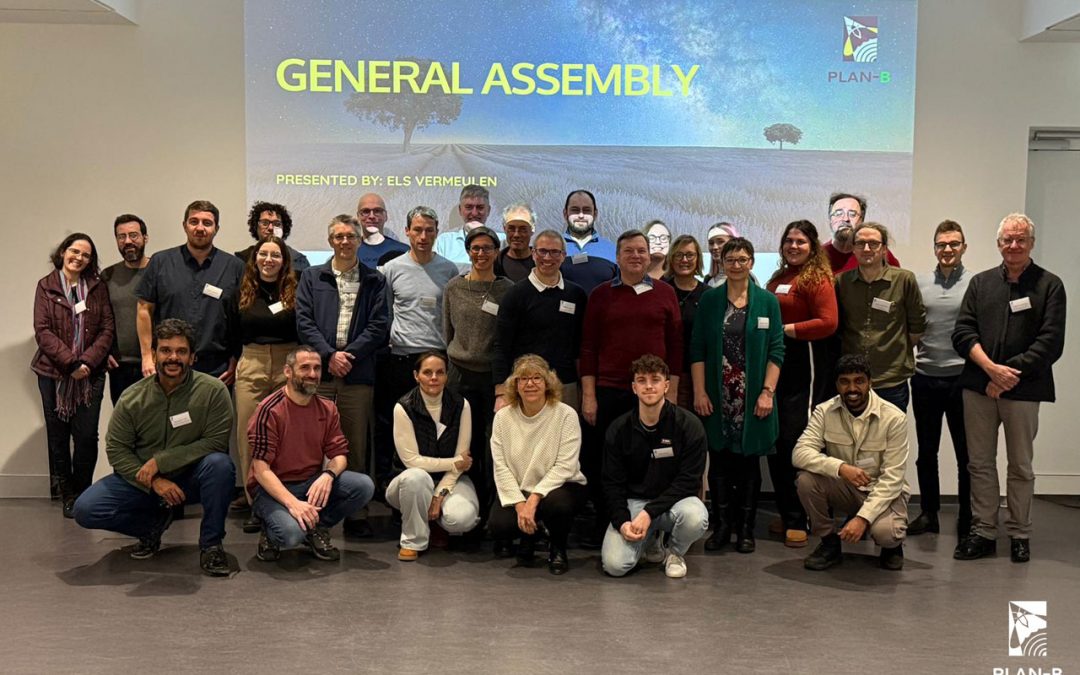From 5 to 7 February, the annual hybrid event of our PLAN-B project took place in Leipzig (Germany), which served to present the progress of the project in its first year of development, and to join forces with its network of stakeholders through workshops and joint activities to share ideas for the mitigation of light and noise pollution in European ecosystems.
Day 1 – PLAN-B General Assembly & Stakeholder Event
General Introduction and Stakeholders Event
Geert Van Hoorick and Mike Wood set the stage with a comprehensive introduction to the PLAN-B Project, highlighting the progress we’ve made in our first year and outlining the roadmap ahead.
Updates from AquaPlan
Elena Maggi, Scientific Coordinator of our sister project AquaPLAN, shared valuable insights and synergies between our initiatives.
WP1 Updates
We delved into the latest research findings on the impacts of light pollution and noise pollution on terrestrial biodiversity, habitats, and ecosystem services. These findings are paving the way for the development of an open-access knowledge platform.
Collaboration with Deutsches Zentrum für integrative Biodiversitätsforschung (iDiv) Halle-Jena-Leipzig
A stimulating seminar with our colleagues from i-Div explored opportunities to expand our activities, including the integration of light and noise pollution into broader environmental monitoring frameworks.
WP4 Updates on regulatory of Light Pollution
Yana Yakushina presented progress on the analysis of regulatory and policy instruments to address light and noise pollution. This included the development of PLAN-B’s first policy brief on light pollution and outlined actionable steps for future work.
Graeme Sherriff and Michael Lomas PhD also shared updates from the social science perspective, including a literature review on socio-psychological attitudes toward light and noise pollution.
WP2 Updates en light pollution monitoring
We discussed advancements in light pollution mapping and monitoring, alongside a hands-on workshop for citizen science activities using our innovative Lost at Night App: https://lostatnight.org/
WP5 Updates on our Polish case study
Updates on pilot studies included fascinating work on light and noise measurements during a musical festival in Poland, as well as social surveys exploring public attitudes toward these pollutants.
The Brazilian participation in PLAN-B
Our Brazilian colleagues shared groundbreaking work on light and noise pollution measurements and their impacts on terrestrial biodiversity in Brazil’s rich and diverse ecosystems.
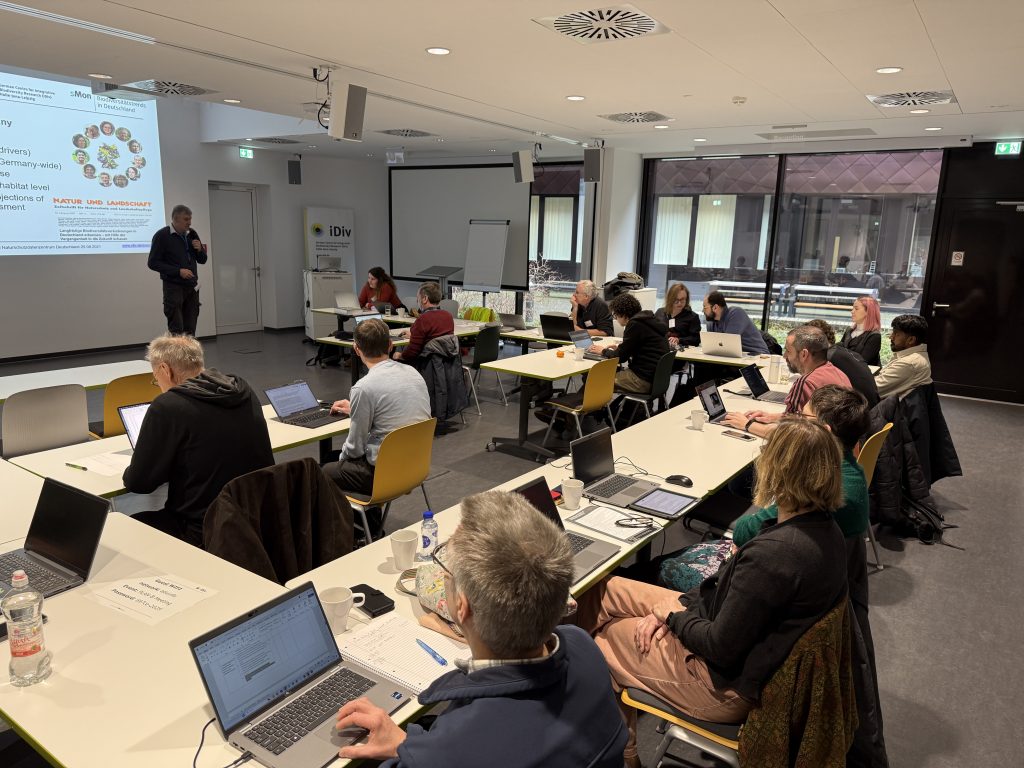
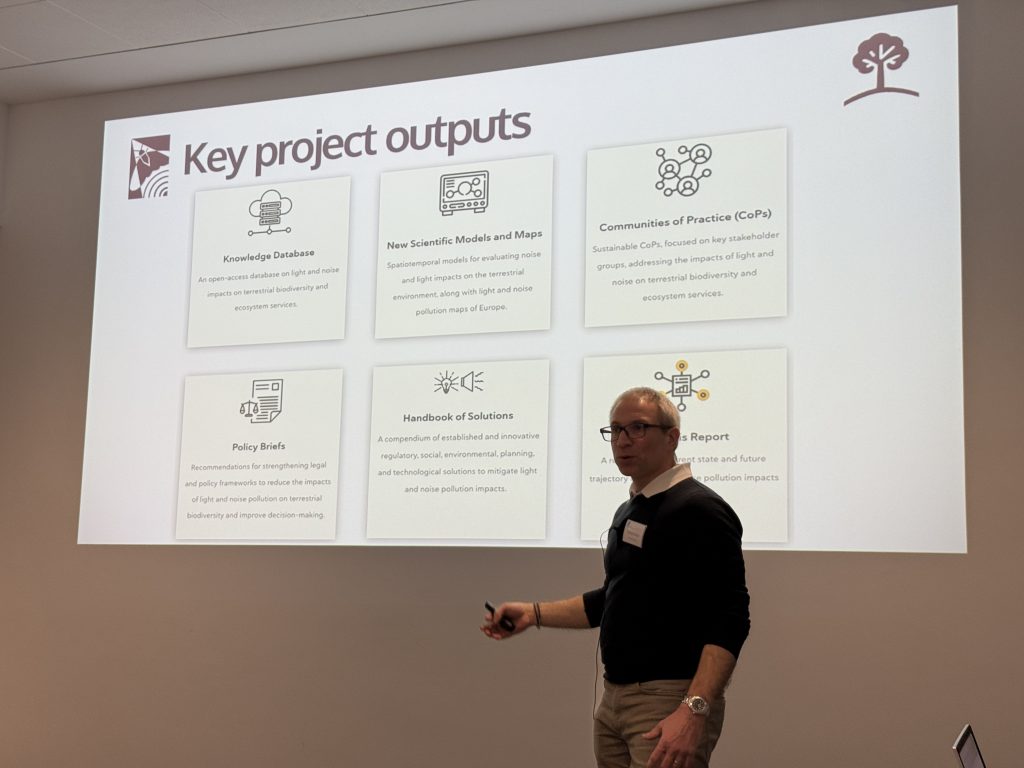
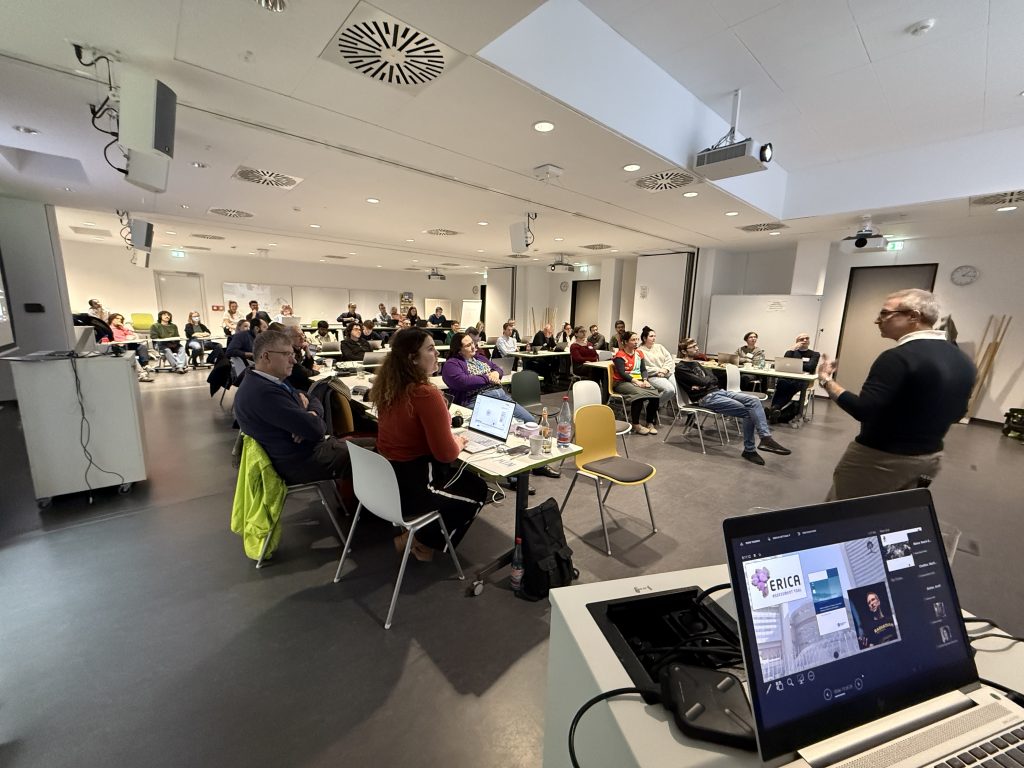
Day 2 – Piloting Activities Roadmap
The day started with the overview of the piloting activities that we’re going to run in the next months in Gdansk (Poland), Leipzig (Germany), Belo Horizonte (Brazil) and Zaragoza (Spain). Discussions were open about noise and light pollution regulations, Noise Pollution Modelling, and Biodiversity Metrics, which aim to find the best way to tackle the effects of these pollutants on European ecosystems.
We also had time to review the impact of the project during its first years of life, through the analysis of the metrics obtained by our communication channels and social media profiles. The community around the project is growing and new communication actions – workshops, meetings, conferences – are planned for 2025.
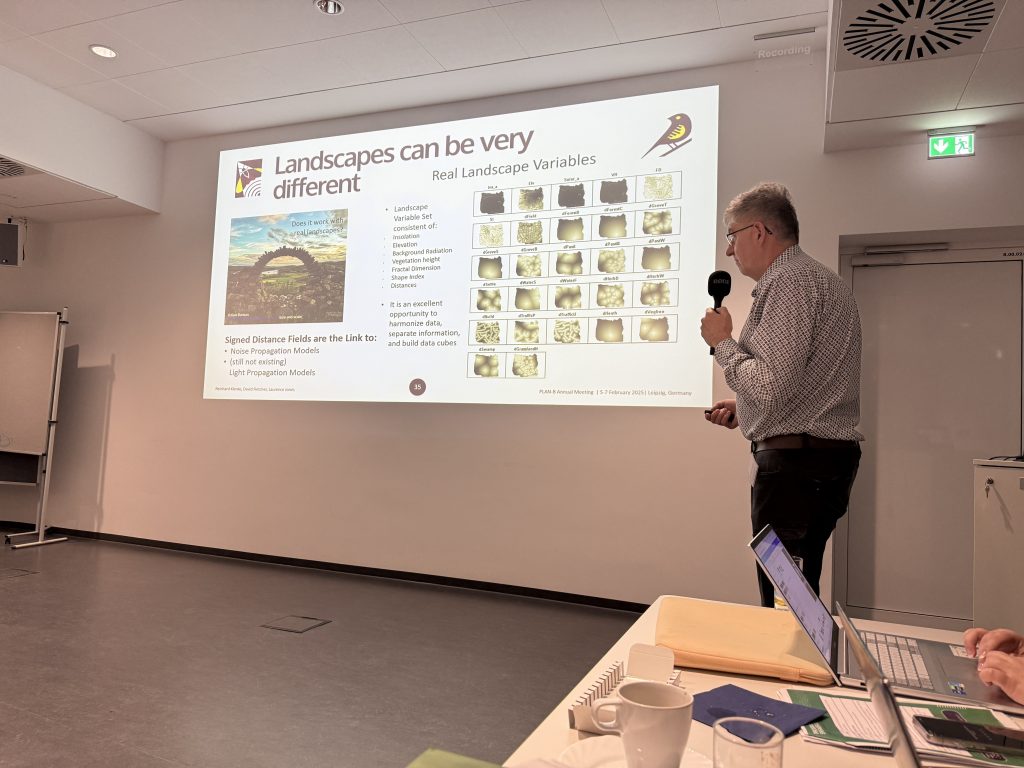
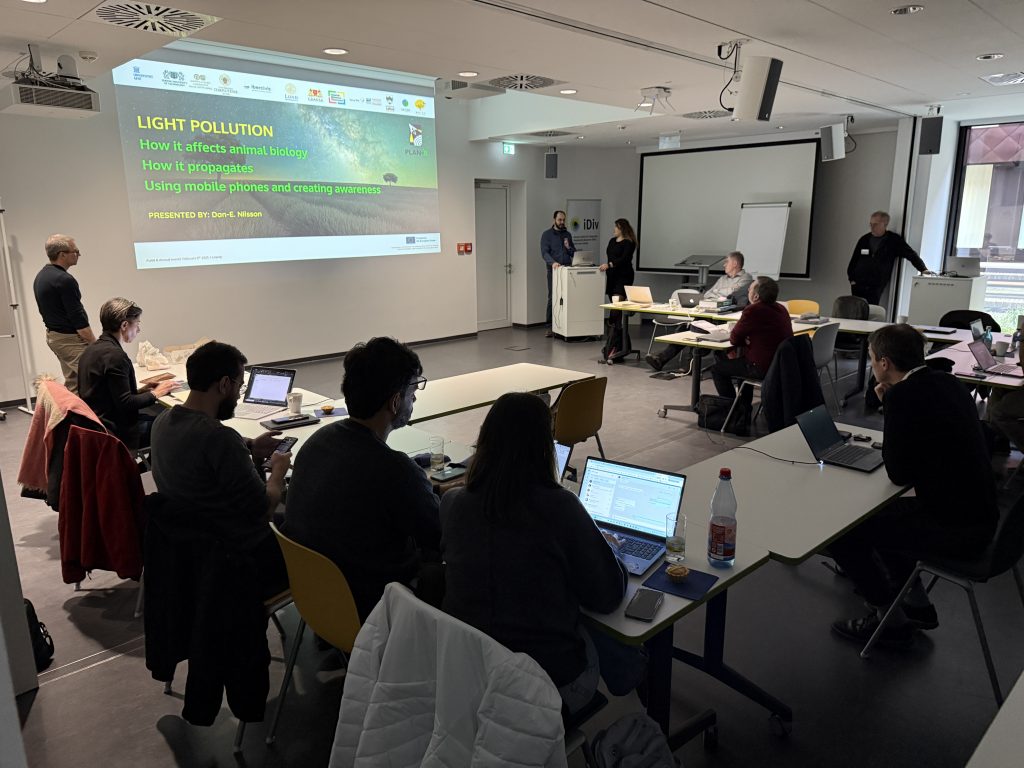
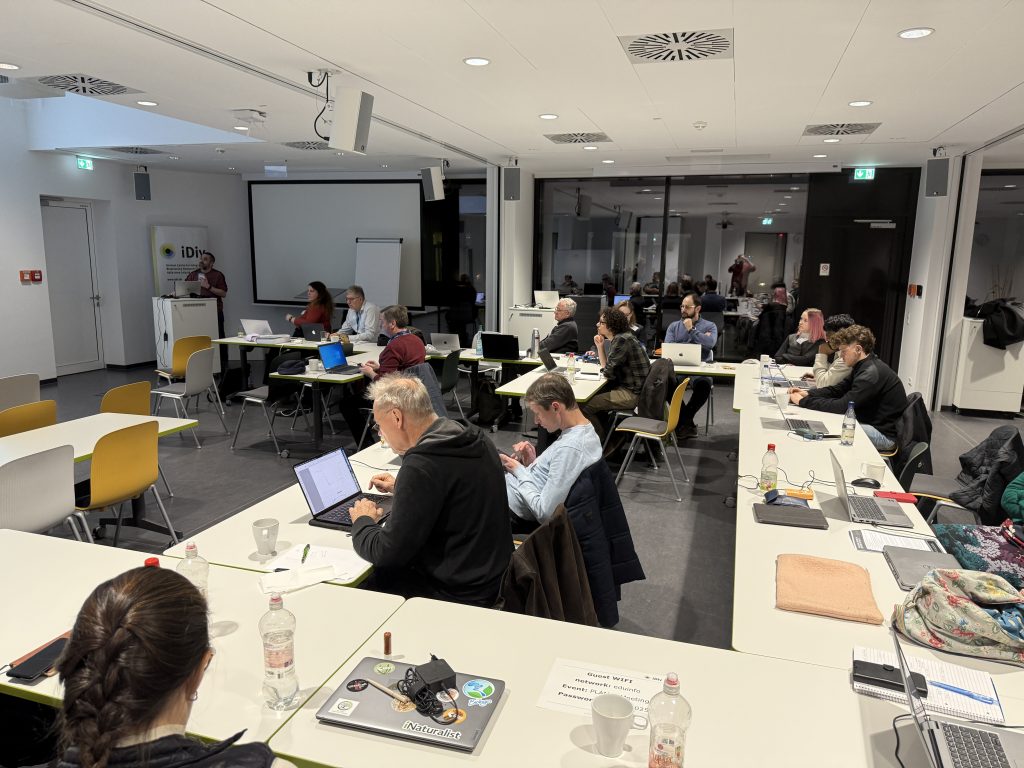
Day 3 – The PLAN-B Network: Stakeholders Activities
The final day of the PLAN-B Project General Assembly focused on stakeholder engagement and collaboration, marking an important step forward in strengthening partnerships and shaping future actions.
Final Research Discussions and Project Management Headsup
We began the day by wrapping up our research discussions and receiving a valuable presentation from our Project Manager, Els Vermeulen, who provided critical insights into:
Upcoming milestones and deliverables
The reporting period and administrative details
Strategies for ensuring the best possible project outcomes
Collaborative workshop with the Deutsches Zentrum für integrative Biodiversitätsforschung (iDiv) Halle-Jena-Leipzig:
We were honoured to hold a workshop with our colleagues from iDiv, who hosted us for this year’s GA. Their research spans not only light and noise pollution but also nature connectivity, human well-being, and biodiversity monitoring.
During the session, we:
Shared updates and future research directions
Explored data-sharing opportunities to enhance European-wide biodiversity assessments
Discussed the historical spread of environmental pollutants
Identified ways to disseminate deliverables and surveys
Strenghthening the PLAN-B Network
One of the highlights of Day 3 was our stakeholder engagement session, bringing together key actors from: EU-funded projects, government bodies, NGOs, industry, academia and the general public.
Stakeholders from organisations such as the City of Gdańsk (Tomasz Hoppe), Snowdonia National Park Authority (Danielle Robertson), the Vlaamse overheid (Stijn Vanderheiden), Regional Landscape Scheldt-Durme, WSP in the UK (Stuart Morton), and others joined the discussion.
The conversation focused on the impacts of light and noise pollution, the challenges faced in addressing these issues, and the path forward for stronger collaboration.
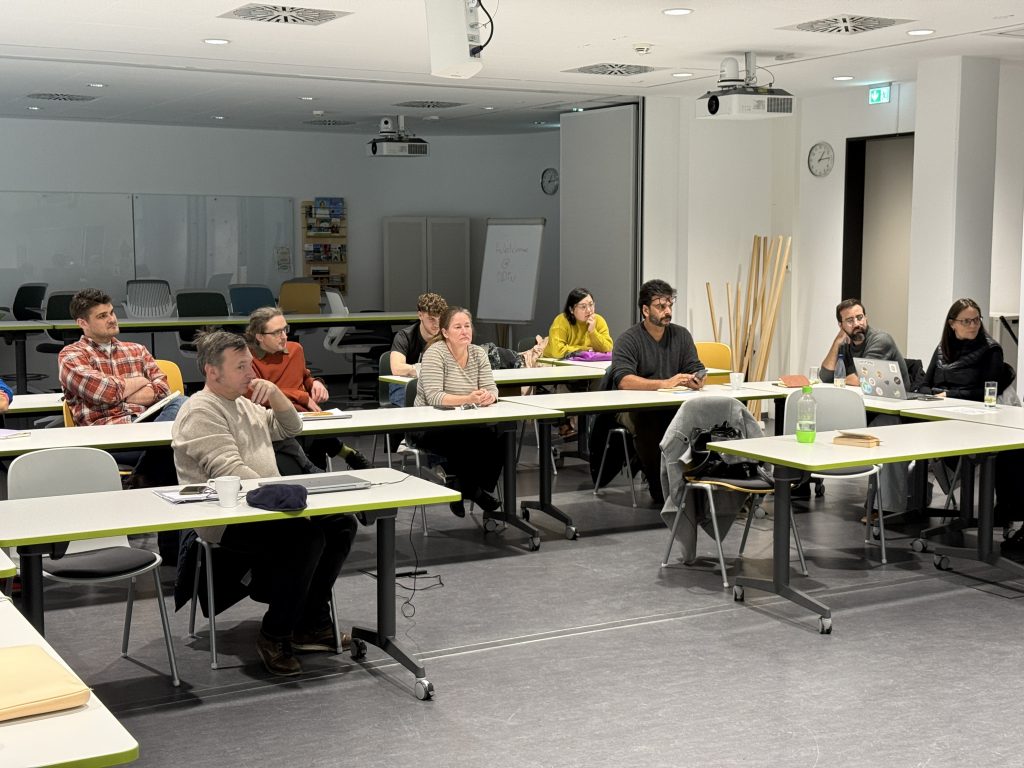
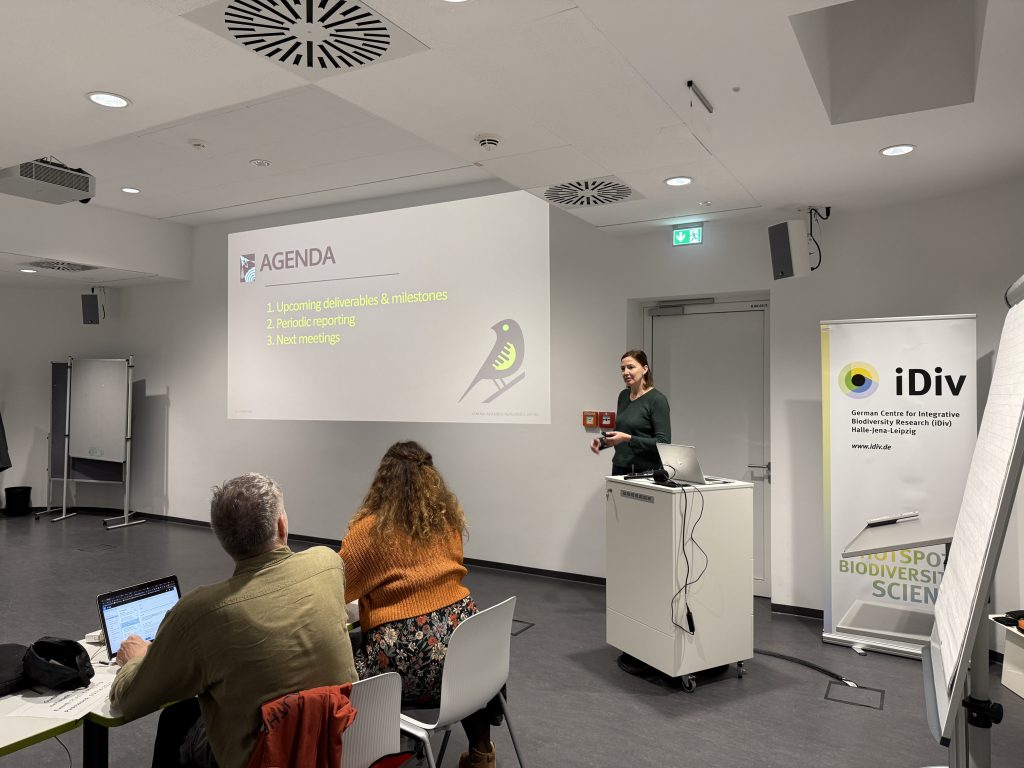
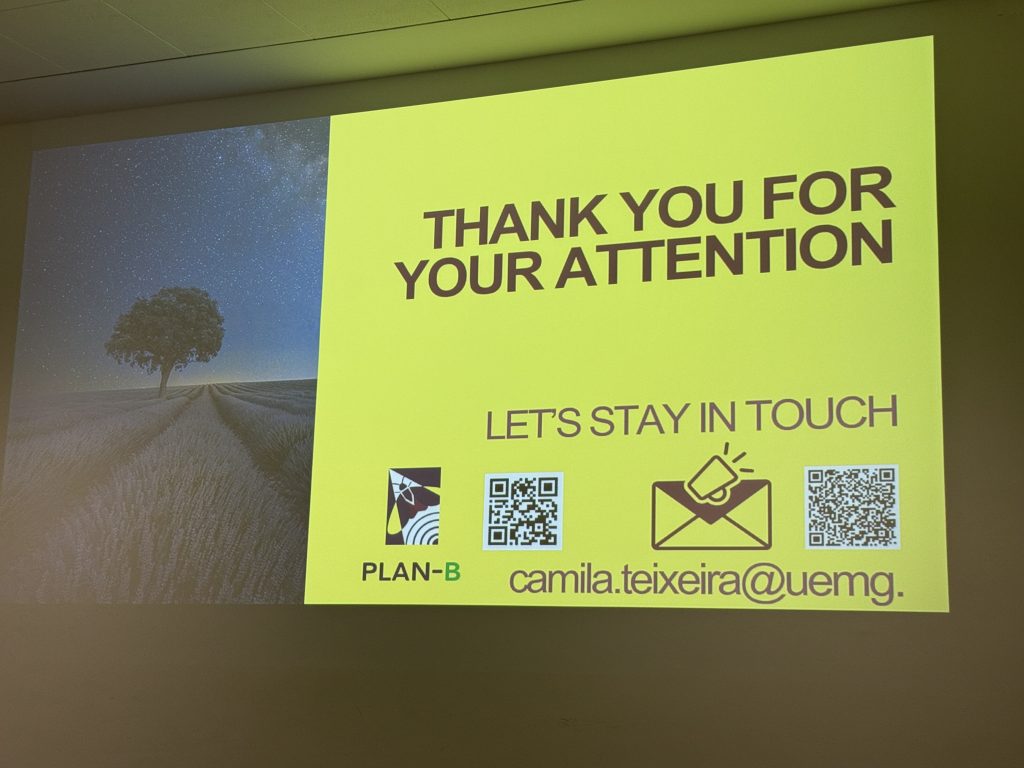
Further engagement steps
Policy Engagement – sharing our support action on light pollution mitigation policy, developed with DarkSky.
Outreach & Awareness – Distributing infographics and communication materials to raise awareness.
Guidelines & Standards – Disseminating best mitigation practices.
Amplifying Results – Supporting the communication and dissemination of project findings to broader networks.
Looking ahead:
This final day reinforced the importance of collaboration and stakeholder engagement. By working together across sectors, we can drive real change in policy, awareness, and conservation efforts.
A big thank you to all participants for a truly insightful and inspiring three-day event! We are excited about the work ahead and look forward to sharing more updates soon.
